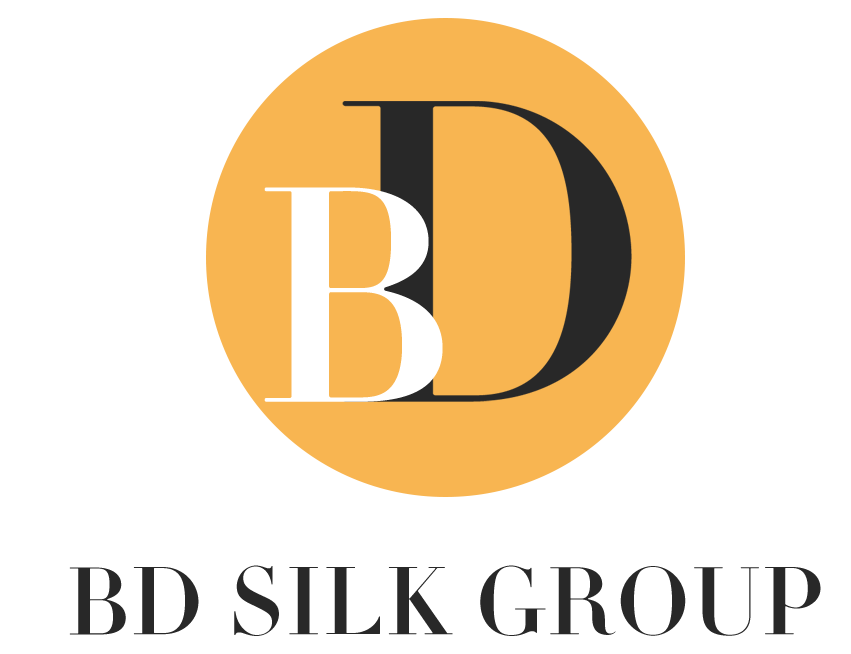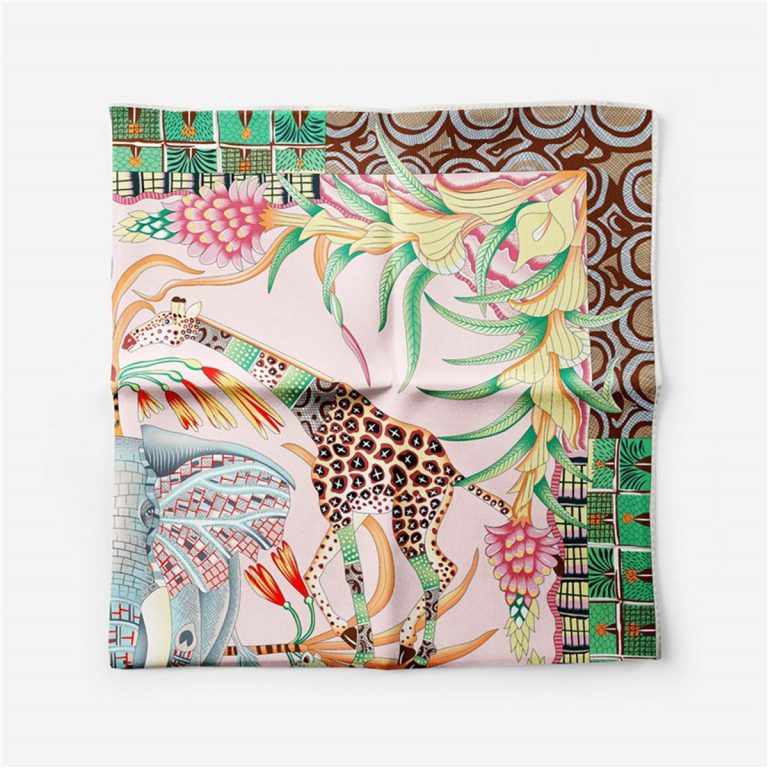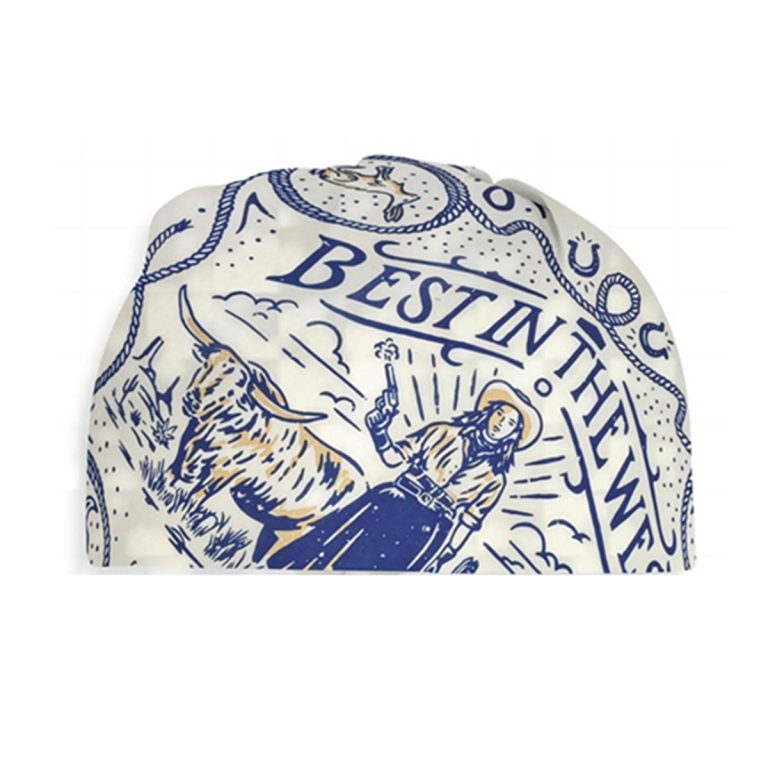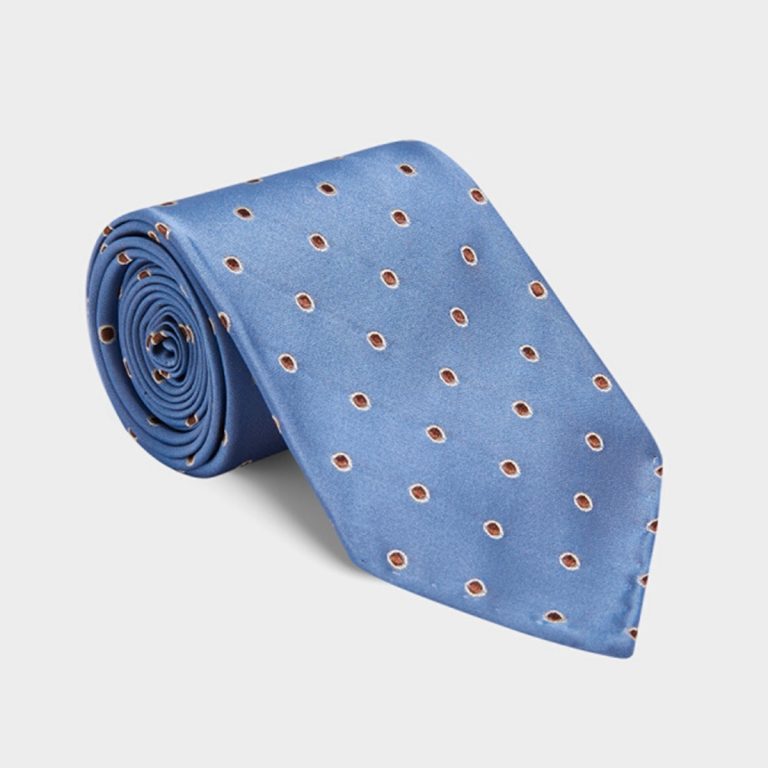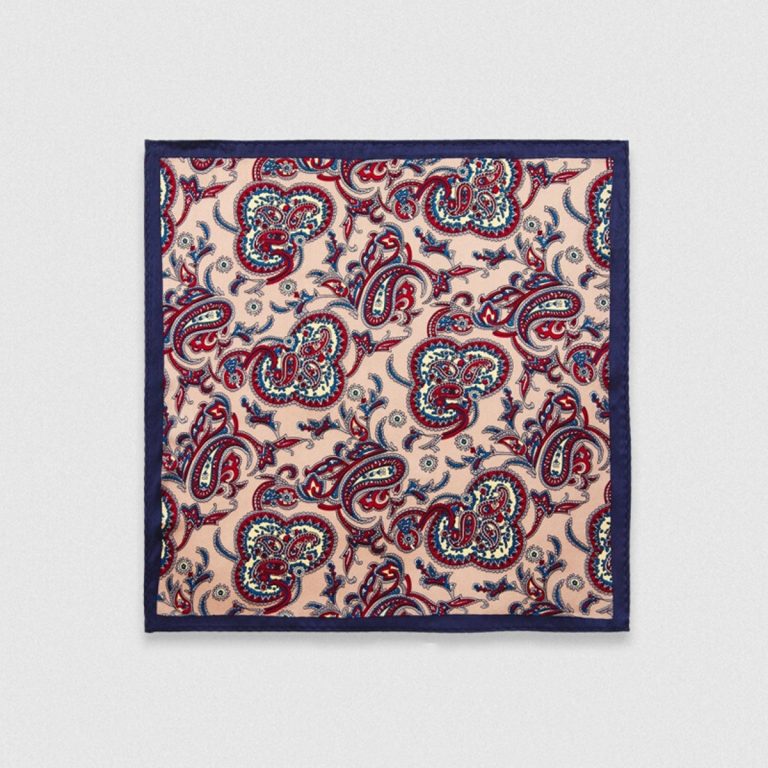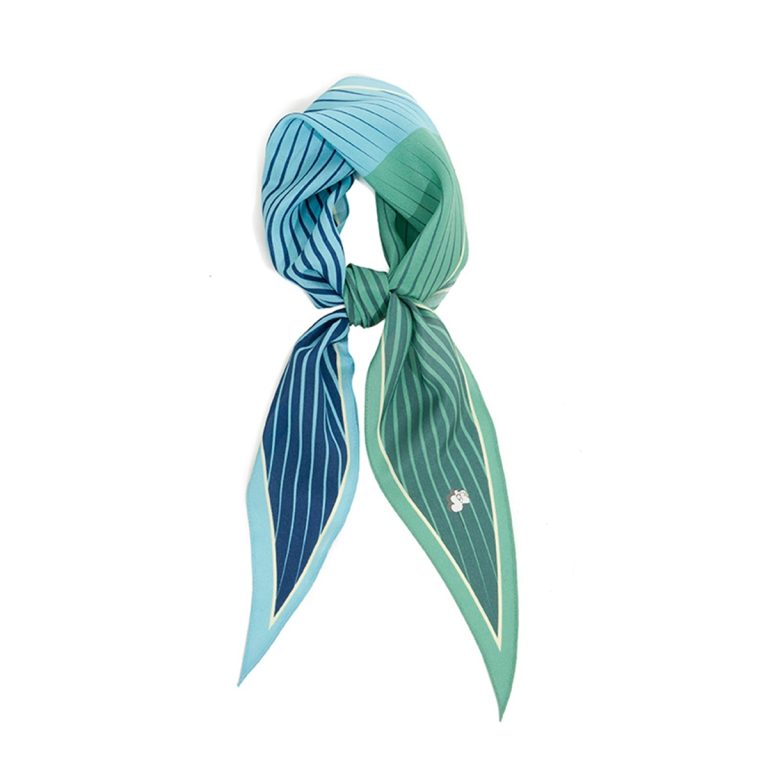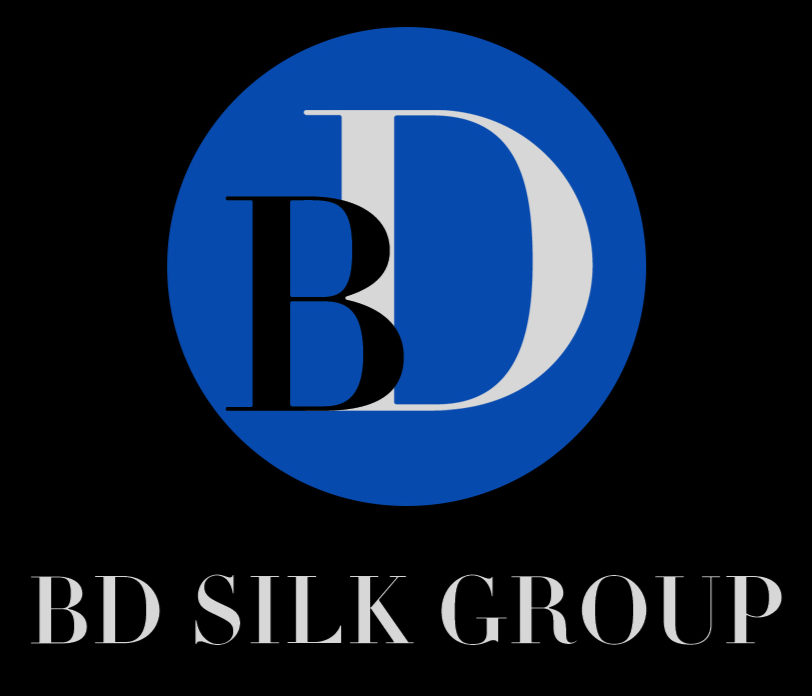Table of Contents
Exploring the History and Cultural Significance of Bandanas 70s Products in Muslim Women’s Fashion
Bandanas have been a staple in fashion for decades, and their significance in Muslim women’s fashion cannot be overlooked. The use of bandanas in Muslim women’s fashion has a rich history and cultural significance that dates back to ancient times. Today, bandanas are not only a fashion statement but also a symbol of modesty and religious identity for many Muslim women.
The use of bandanas in Muslim women’s fashion can be traced back to the 1970s when the trend of wearing colorful and patterned scarves became popular. This trend was not only a fashion statement but also a way for Muslim women to express their religious and cultural identity. Bandanas were worn as a form of hijab, a headscarf worn by Muslim women to cover their hair and neck. The bandanas of the 70s were often made of lightweight and breathable fabrics, making them ideal for everyday wear.
| a stole | twilly scarf | bandanas 90s | silk hair ties |
| bandanas etsy | 3d bandana | kerchief | wide size |
| knot bonnet | handsock | Hair Tie | silk tencel |
| no minimun order | seamless double layer | african scarf | baby kerchief |
In recent years, the demand for bandanas 70s products in Muslim women’s fashion has increased, leading to the emergence of Muslim women scarf exporters who specialize in providing a wide range of bandanas and hijabs. These exporters offer a variety of bandanas in different colors, patterns, and fabrics to cater to the diverse needs and preferences of Muslim women around the world. From traditional floral prints to modern geometric designs, bandanas have evolved to become a versatile and essential accessory in Muslim women’s fashion.
The cultural significance of bandanas in Muslim women’s fashion goes beyond just being a fashion accessory. For many Muslim women, wearing a bandana is a way to adhere to the principles of modesty and humility as prescribed by their faith. The bandana serves as a symbol of their religious identity and a means of expressing their devotion to their faith. In addition, the bandana also serves as a form of empowerment for Muslim women, allowing them to assert their religious and cultural identity in a world that often misunderstands or misrepresents their beliefs.
The versatility of bandanas in Muslim women’s fashion is also worth noting. In addition to being worn as a traditional hijab, bandanas can also be styled in various ways to create different looks. They can be worn as a headband, a neck scarf, or even as a face covering, making them a practical and stylish accessory for Muslim women. This versatility has contributed to the popularity of bandanas in Muslim women’s fashion, as they can be easily incorporated into different styles and outfits.
The emergence of Muslim women scarf exporters specializing in bandanas 70s products has made it easier for Muslim women to access a wide range of bandanas and hijabs. These exporters not only offer a diverse selection of bandanas but also ensure that the products meet the cultural and religious requirements of Muslim women. From providing lightweight and breathable fabrics to offering a variety of colors and patterns, these exporters play a crucial role in meeting the fashion needs of Muslim women around the world.
In conclusion, the history and cultural significance of bandanas in Muslim women’s fashion are deeply rooted in tradition and religious identity. The emergence of Muslim women scarf exporters specializing in bandanas 70s products has made it easier for Muslim women to access a wide range of bandanas and hijabs that cater to their diverse needs and preferences. Bandanas have evolved to become a versatile and essential accessory in Muslim women’s fashion, serving as a symbol of modesty, religious identity, and empowerment.
The Rise of Cap Hijab Supplying: A Look into the Trend and Demand in the Muslim Women’s Scarf Market
In recent years, there has been a significant rise in the demand for cap hijabs among Muslim women. This trend has led to an increase in the number of scarf exporters offering bandanas 70s products and cap hijabs. These exporters are catering to the growing demand for stylish and comfortable headscarves that adhere to Islamic dress codes.

The rise of cap hijab supplying can be attributed to several factors. Firstly, there has been a shift in the fashion industry towards inclusivity and diversity. As a result, there is a greater emphasis on creating clothing and accessories that cater to a wide range of cultural and religious backgrounds. This has led to an increase in the availability of cap hijabs in the market, as more designers and manufacturers recognize the need for modest and stylish headscarves for Muslim women.
Additionally, the rise of social media and online shopping has made it easier for consumers to access a wide range of products, including cap hijabs. This has allowed scarf exporters to reach a larger audience and meet the growing demand for their products. As a result, Muslim women now have more options when it comes to choosing a cap hijab that suits their personal style and preferences.
One of the key players in the cap hijab supplying market is the bandanas 70s products. This exporter offers a wide range of cap hijabs that are both fashionable and practical. Their products are made from high-quality materials and come in a variety of colors and designs, allowing Muslim women to express their individuality while adhering to their religious beliefs.
The bandanas 70s products have gained popularity among Muslim women for their commitment to providing stylish and comfortable cap hijabs. Their products are designed to be versatile and easy to wear, making them suitable for everyday use. Additionally, the exporter offers a range of sizes to accommodate different head shapes and sizes, ensuring that every customer can find a cap hijab that fits them perfectly.
In addition to the bandanas 70s products, there are several other scarf exporters that have entered the cap hijab supplying market. These exporters offer a diverse range of cap hijabs, catering to different style preferences and budgets. As a result, Muslim women now have more options than ever when it comes to choosing a cap hijab that suits their needs.
The rise of cap hijab supplying has not only provided Muslim women with more options for stylish and comfortable headscarves, but it has also created new opportunities for scarf exporters. As the demand for cap hijabs continues to grow, exporters have the chance to expand their businesses and reach a wider audience. This trend is likely to continue in the coming years, as more designers and manufacturers recognize the importance of catering to the diverse needs of Muslim women.
In conclusion, the rise of cap hijab supplying has had a significant impact on the Muslim women’s scarf market. Scarf exporters like the bandanas 70s products have played a key role in meeting the growing demand for stylish and comfortable cap hijabs. As a result, Muslim women now have more options than ever when it comes to choosing a headscarf that reflects their personal style and religious beliefs. This trend is likely to continue in the future, as more designers and manufacturers recognize the importance of inclusivity and diversity in the fashion industry.
